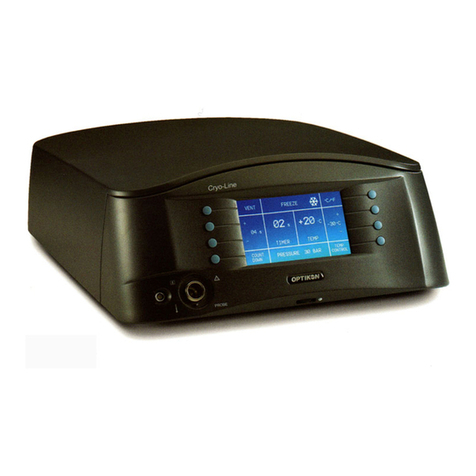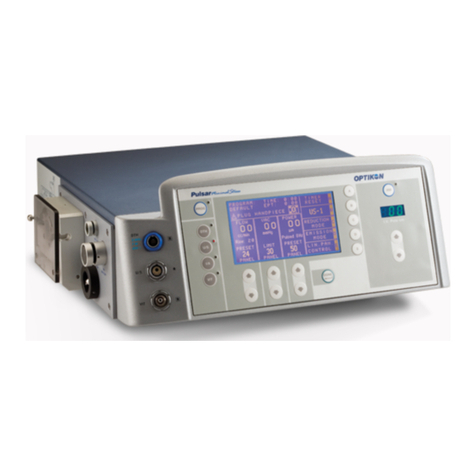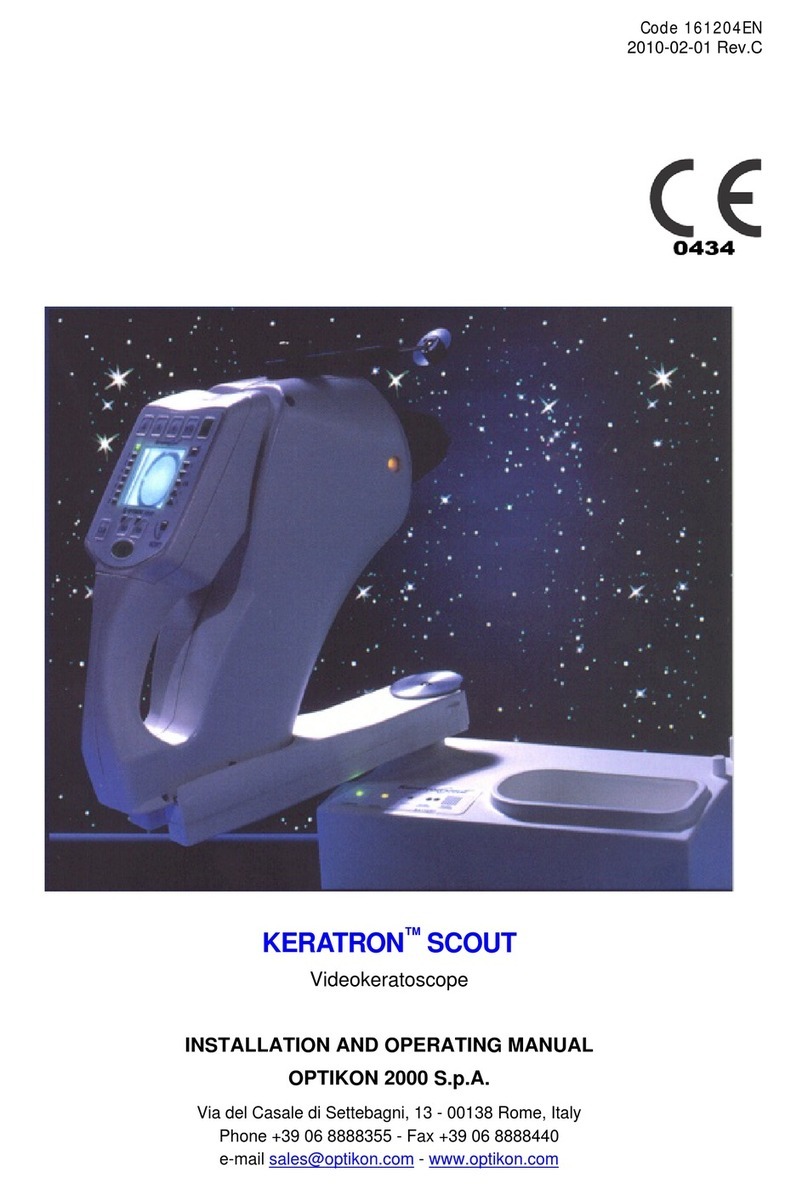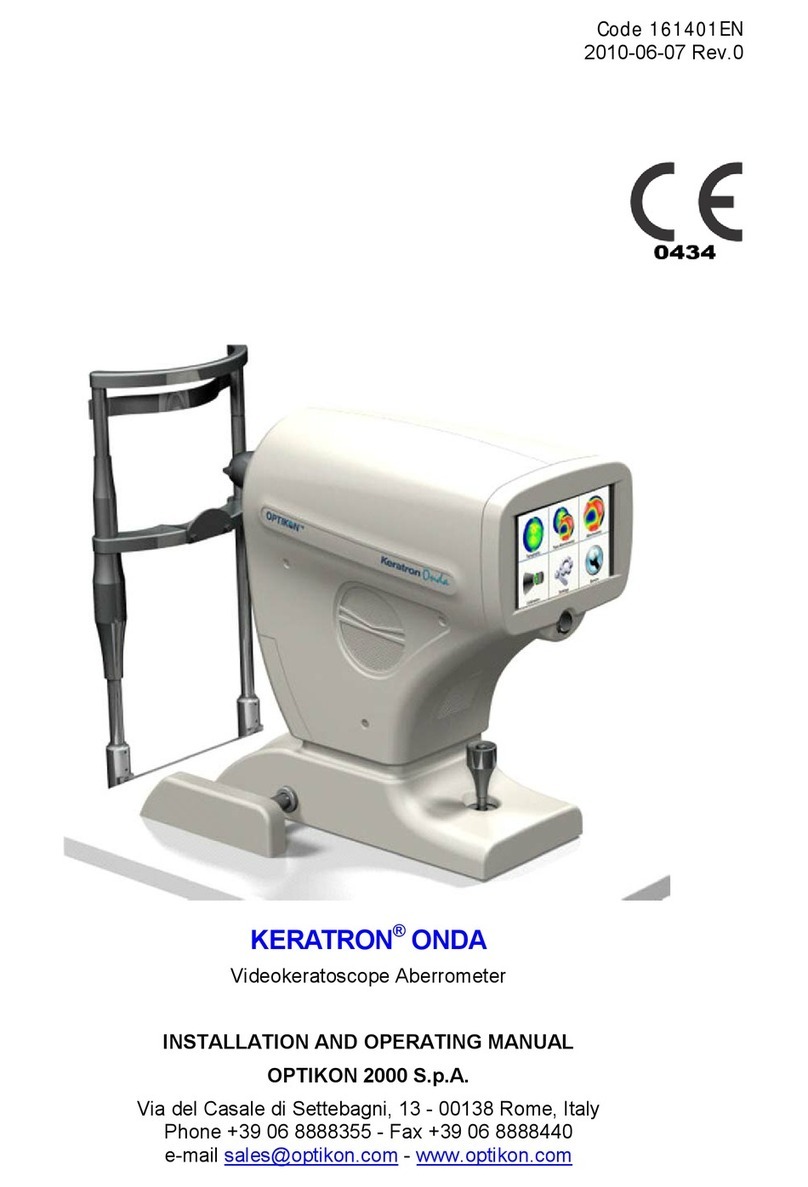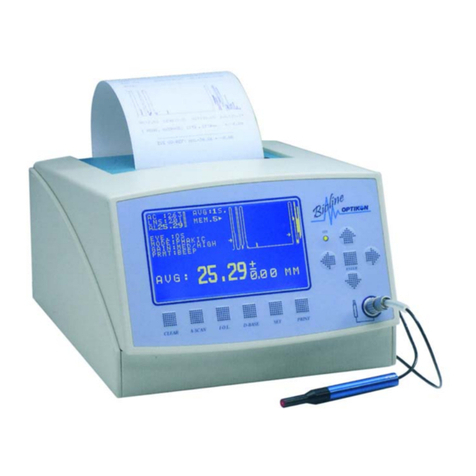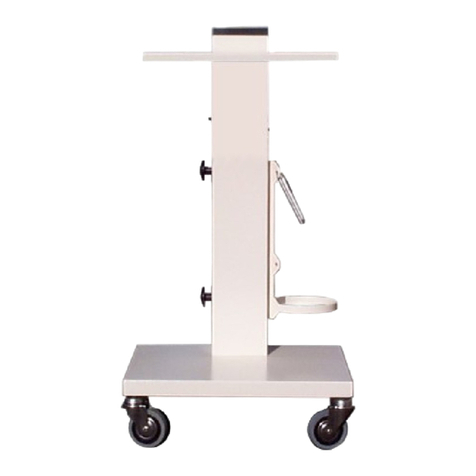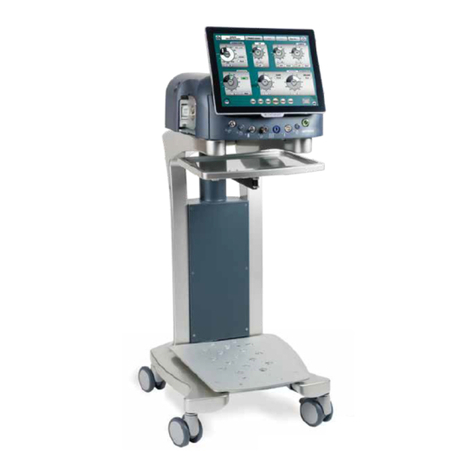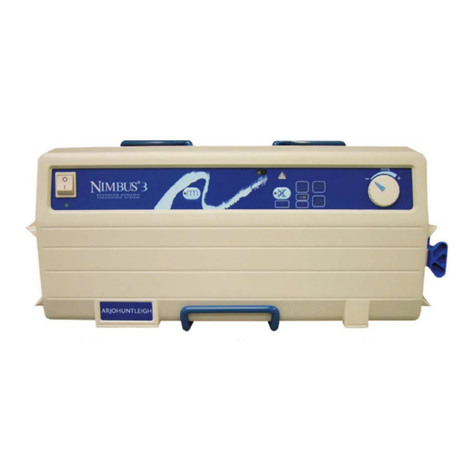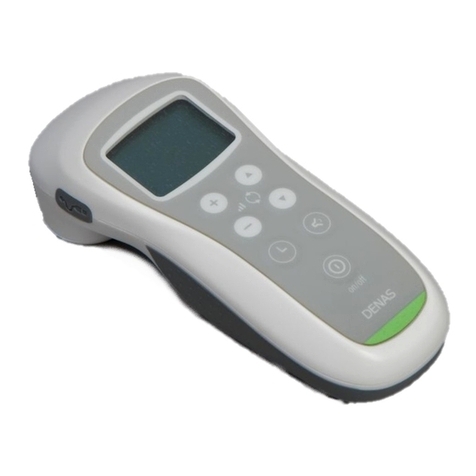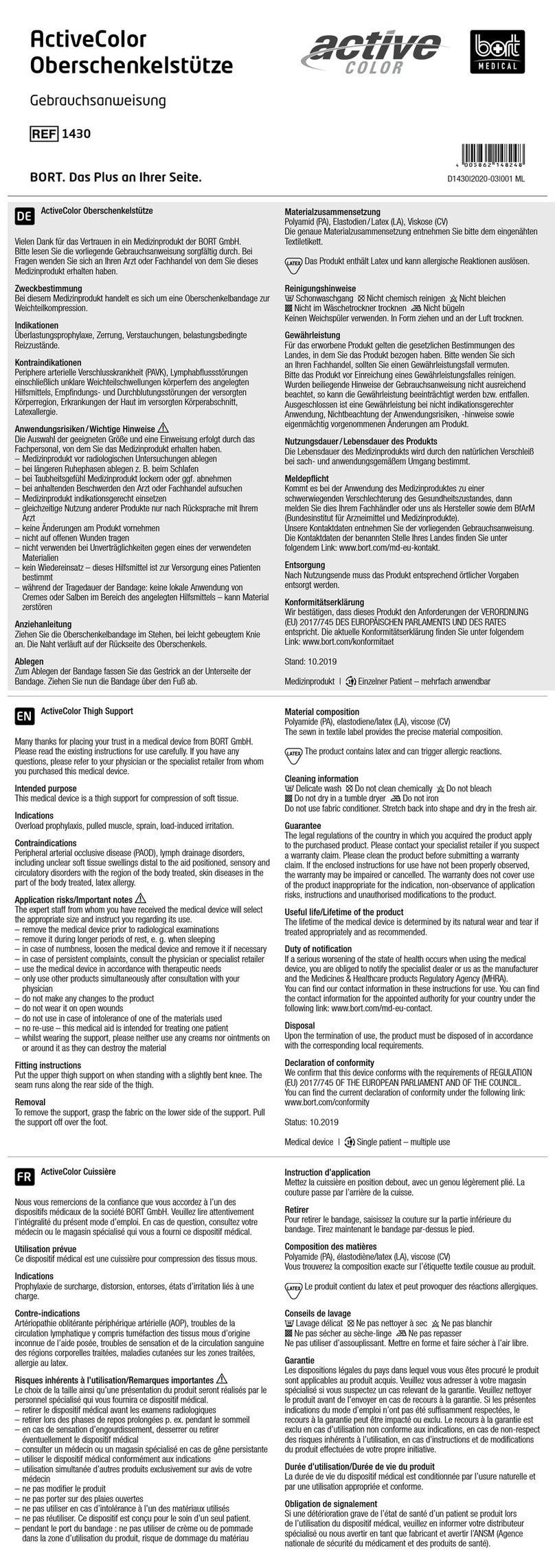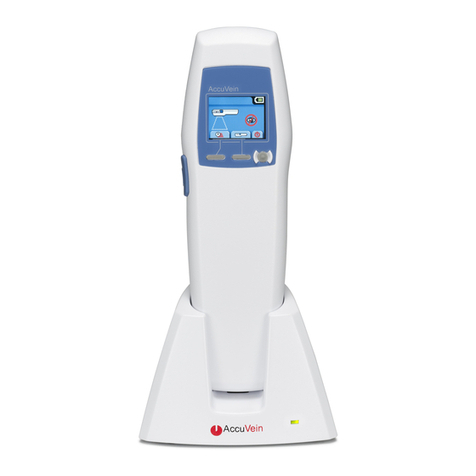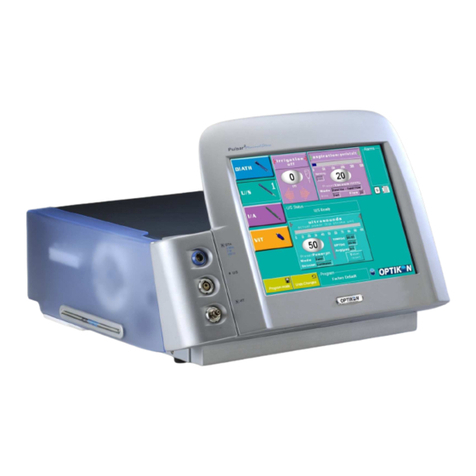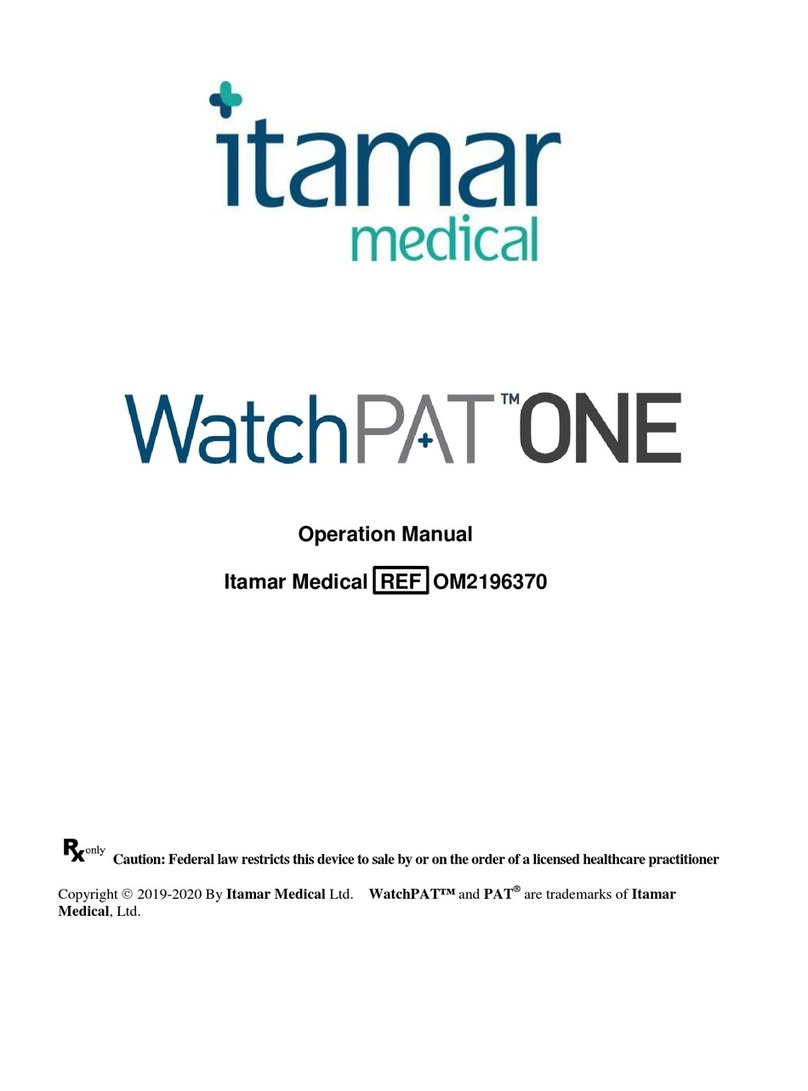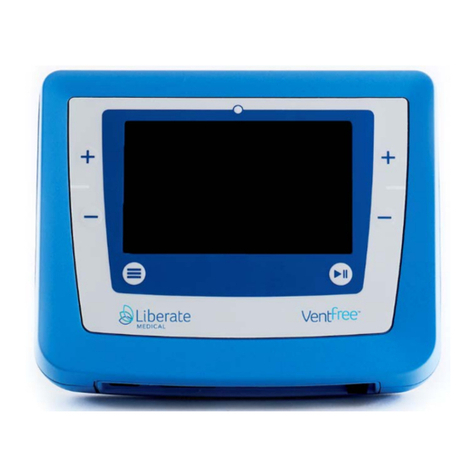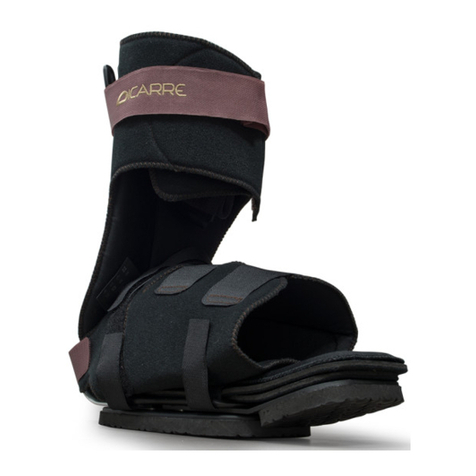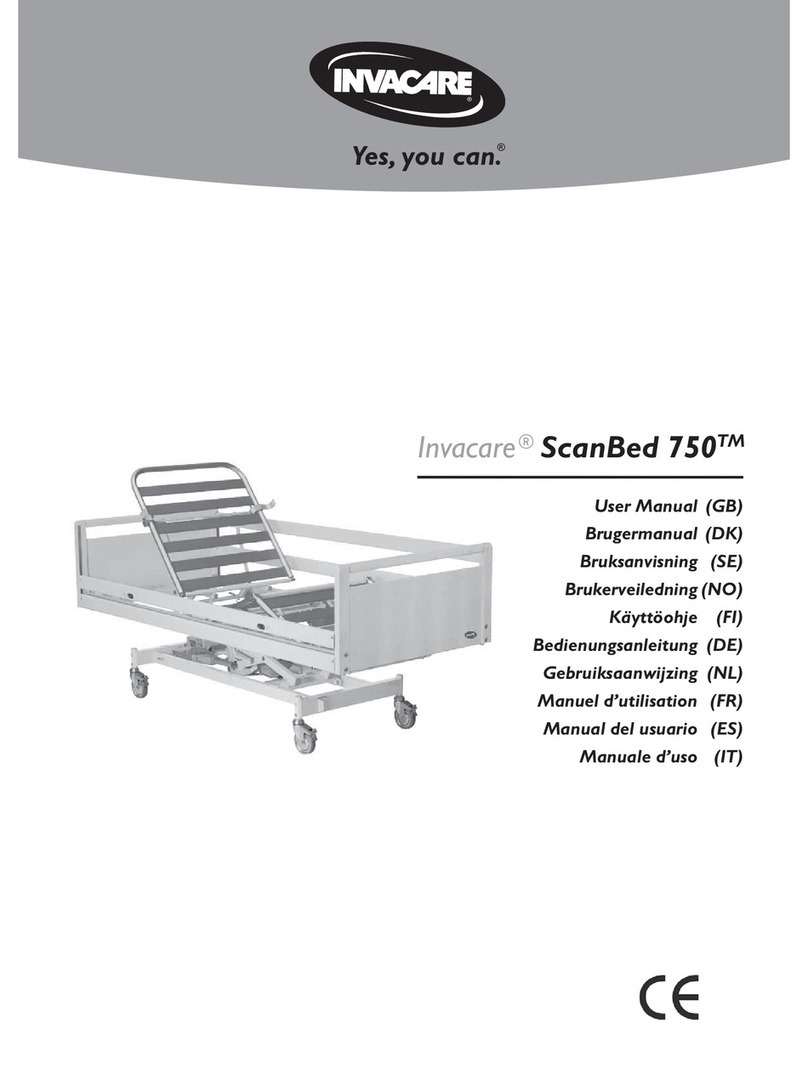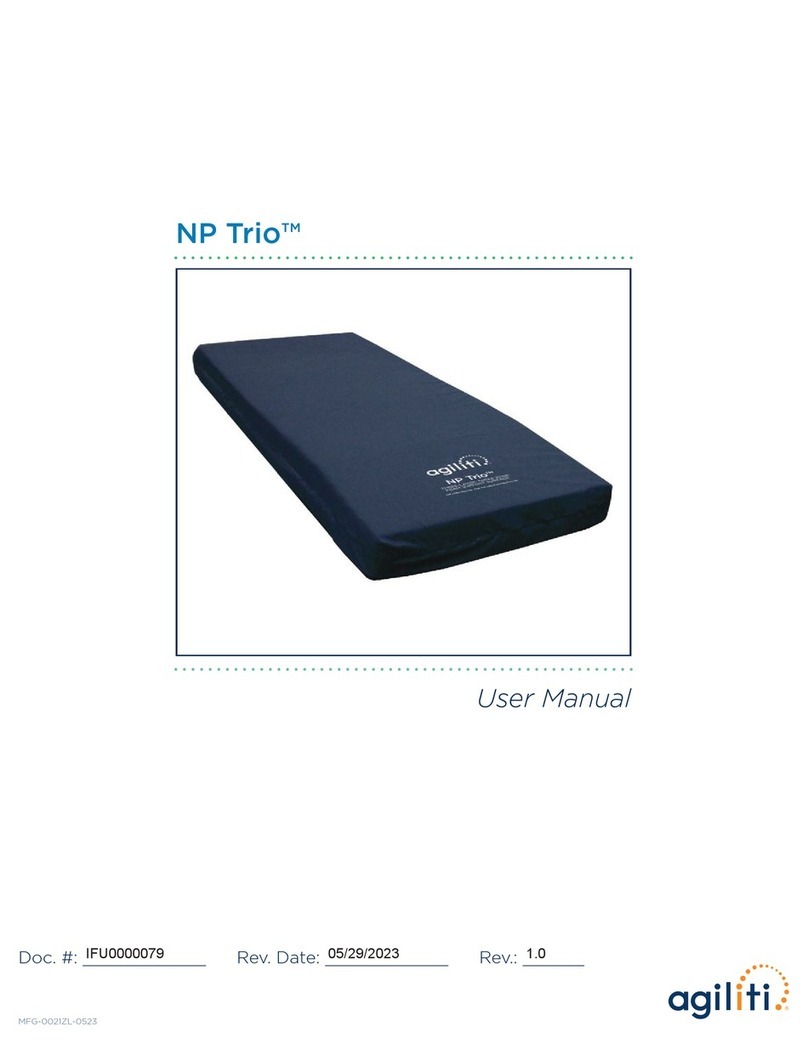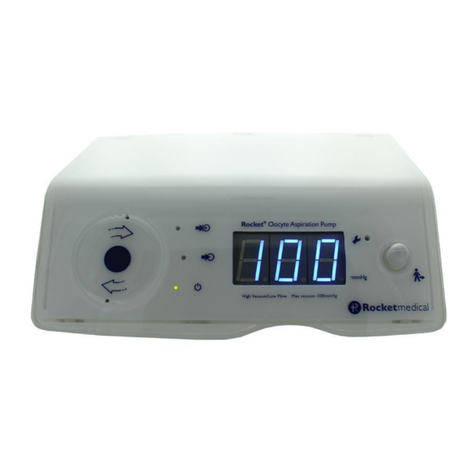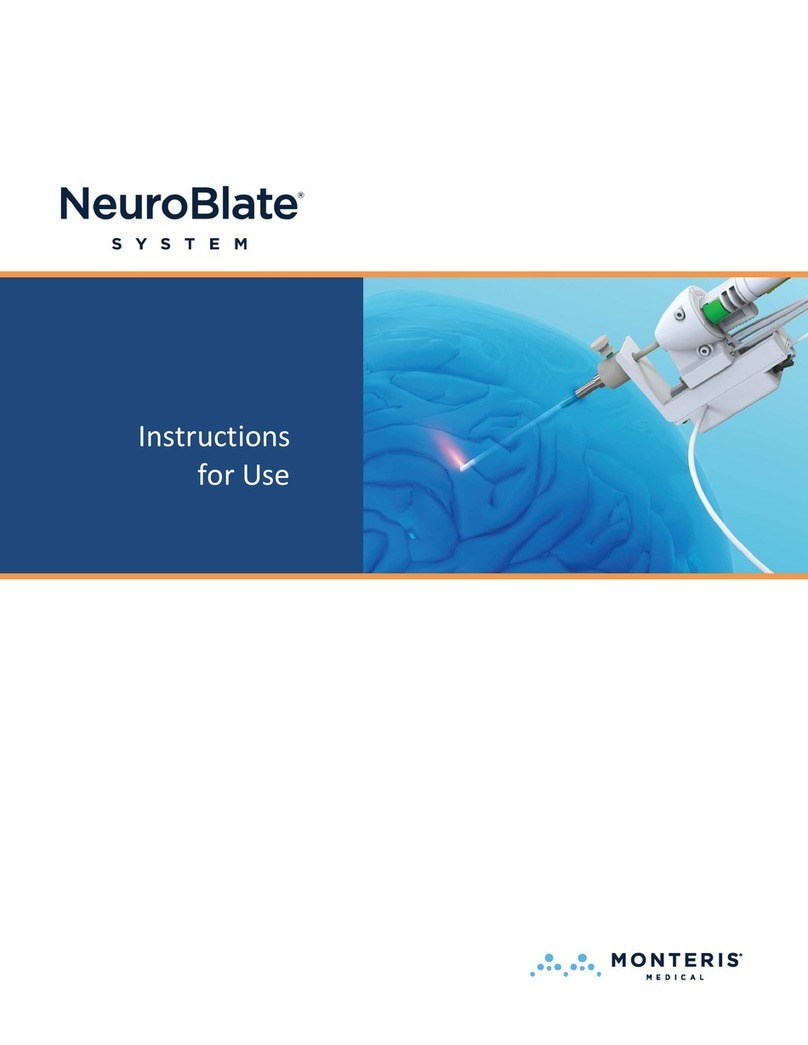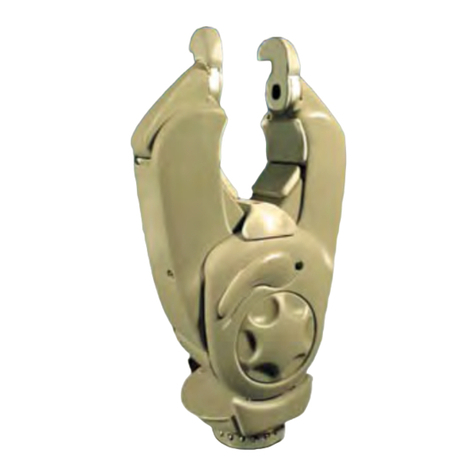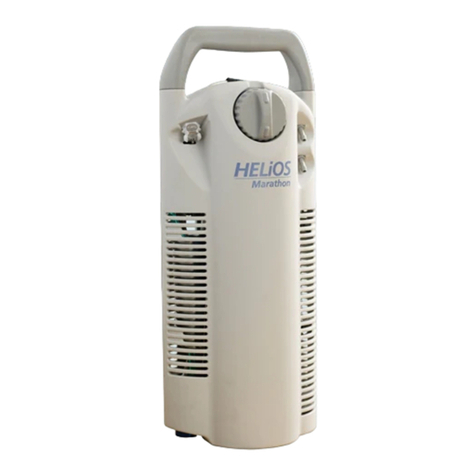
TABLE OF CONTENTS
Page
1DISCLAIMER .................................................................1-1
2LIMITED WARRANTY CONDITIONS........................................2-1
3WARNINGS ..................................................................3-1
4SYMBOLS ....................................................................4-1
5GENERAL INFORMATION...................................................5-1
5.1 SYSTEM DESCRIPTION ................................................................................5-1
5.2 TECHNICAL SPECIFICATIONS ........................................................................5-2
5.3 EMC TABLES ...........................................................................................5-5
5.3.1 ELECTROMAGNETIC EMISSIONS..................................................................5-5
5.3.2 ELECTROMAGNETIC IMMUNITY ..................................................................5-6
5.3.3 RECOMMENDED SEPARATION DISTANCES.......................................................5-7
5.4 CIRCUIT DIAGRAMS ...................................................................................5-8
5.5 COMPOSITION .........................................................................................5-8
5.6 ACCESSORIes that can be provided separately ..................................................5-8
5.7 NOT SUPPLIED ACCESSORIES........................................................................5-8
6INSTALLATION..............................................................6-1
6.1 INTRODUCTION........................................................................................6-1
6.2 UNPACKING AND INSPECTION.......................................................................6-1
6.3 INSTALLATION PROCEDURE .........................................................................6-1
6.3.1 Configuration ......................................................................................6-1
6.4 SOFTWARE INSTALLATION...........................................................................6-3
6.4.1 INTRODUCTION ....................................................................................6-3
6.4.2 DOWNLOAD THE SCOUT SOFTWARE FROM THE WEB.........................................6-4
6.4.3 SCOUT SOFTWARE INSTALLATION ..............................................................6-5
6.4.4 IMPORTING OLD KERATRON™ TESTS ...........................................................6-5
6.4.5 SCOUT SOFTWARE STRUCTURE..................................................................6-7
6.4.6 CUSTOMIZING THE SCOUT SOFTWARE .........................................................6-8
6.4.7 USB DRIVERS INSTALLATION .....................................................................6-8
6.4.8 CONFIGURING SCOUT SOFTWARE...............................................................6-9
6.4.9 UNINSTALL SCOUT SOFTWARE................................................................. 6-10
7COMMANDS AND SCREEN DESCRIPTION .................................7-1
7.1 INTRODUCTION........................................................................................7-1
7.2 CALIBRATION.......................................................................................7-2
7.3 HOW TO ACQUIRE A GOOD IMAGE .................................................................7-2
7.4 HOW TO PROCESS, PRINT AND SAVE IMAGES.....................................................7-6
8CLEANING, STERILIZATION AND MAINTENANCE........................8-1
8.1 CLEANING AND DISINFECTION ......................................................................8-1
8.2 STERILIZATION ........................................................................................8-1
9TROUBLESHOOTING GUIDE ...............................................9-1
9.1 SOFTWARE INSTALLATION...........................................................................9-1
9.2 THE SCOUT.INI FILE ..................................................................................9-1
9.3 SHARING KERATRON SCOUT WITH OTHERS.......................................................9-1
9.4 CHANGING THE PC ...................................................................................9-2
9.5 MISCELLANEOUS PROBLEMS.........................................................................9-3
